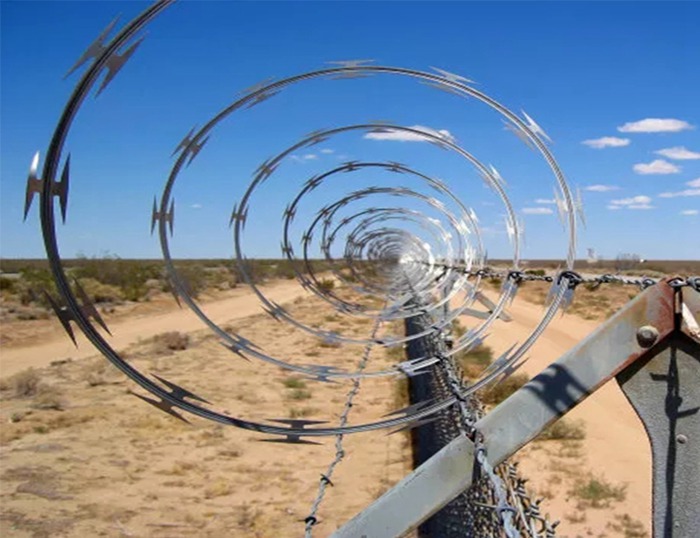Barbed wire has always been one of the most versatile, easy to use and inexpensive methods of site protection. Especially popular in agriculture, its sharp "barbs" make it a potentially painful obstacle for intruders and an effective way to keep important items, such as livestock, in place. This complete guide will provide you with everything you need to know - from its origins to installation tips.
Over the centuries, barbed wire has been used in a variety of industries for many different reasons. The industrialization of World War I led to a greater need for more powerful forms of slowing down the enemy than in previous battles. Barbed wire was seen as a practical and cost effective way to protect bunkers and trenches.
Today, you are more likely to see barbed wire around many footpaths and farmland in the UK. It is primarily used for the creation of fences and pens and is a practical way of keeping livestock safe. Barbed wire is also used extensively in the prison service and similar institutions. As a deterrent to those wishing to enter or leave, it is a cost effective method of security.
It does not require the use of machinery to install and therefore does not produce any harmful contamination. The strong steel used to manufacture barbed wire is not only easy to recycle, but also durable.
Very little work is required to install barbed wire; it can be easily manipulated and attached to most structures. Because of its versatility, barbed wire can often be moved quickly and safely to different locations if needed.
Ultimately, barbed wire is one of the most cost-effective ways to ensure the security of your property. At just £30.00 for a 200 million roll, it is an obvious security option for industries such as agriculture - where the need to save money is critical.
Once installed, your barbed wire will remain strong and effective for as long as it is needed. Using only galvanized steel, it acts as a highly durable line of defense, even in the harshest of adverse weather conditions.
The beauty of barbed wire from a security point of view is that it is very difficult to climb over. Its serrated tips are easy to get caught in, which should ward off potential intruders.
Because it is cost effective and easy to install, any damage to barbed wire can be repaired quickly without removing the entire structure. It takes almost no time to repair and can be done without the help of professionals.

While it is not illegal to use for safety and precautionary purposes, there are forms of legislation that need to be considered when using barbed wire. Under the Occupiers Liability Act of 1984, all occupants have a duty of care to anyone who finds themselves on their property - including, unfortunately, burglars and trespassers. The Act also provides that if an intruder is injured by barbed wire, the owner of the premises may be prosecuted. However, the threat of legal action can be deflected if notice of the use of barbed wire is clearly visible at the location - i.e., a "no entry" sign.
The use of barbed wire also falls under the Highway Act of 1980. The Act states that barbed wire must not be a danger or nuisance to motorists if it is used on property adjacent to a public road. If a problem is deemed to exist, the police or local authority may issue a removal or modification notice.
In any case, it's always right to find ways to protect your assets, and if you're looking for other fences, visit our website or message one of our experts for a quote.
Welcome To Visit Our Factory!